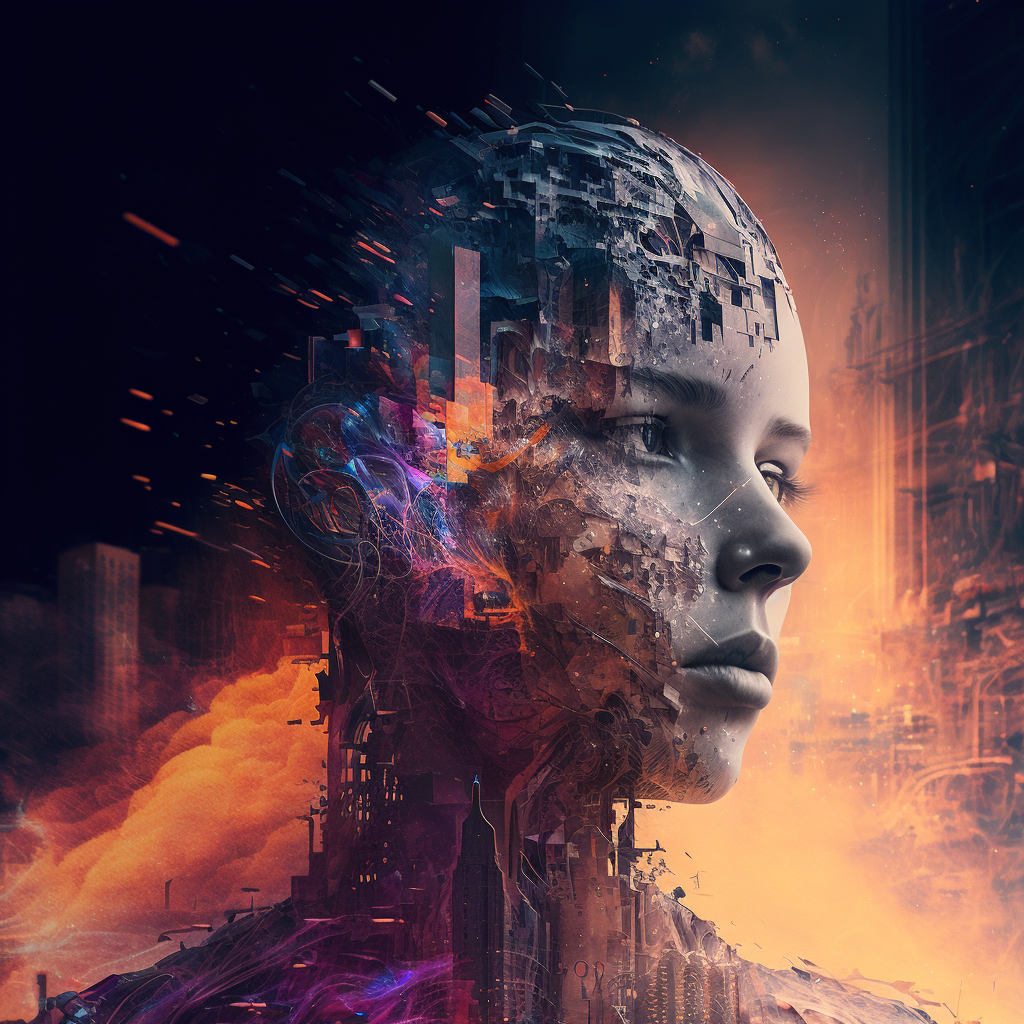
AI technology is rapidly advancing, and with every passing day, we see new and improved AI models being developed. However, as the technology evolves, it’s also crucial to acknowledge the limitations of current AI models. One such model is MidJourney, which has been in the news lately for its inability to generate high-quality images even with a URL reference.
MidJourney is an AI-based image generator that has been popular in the field of computer vision. It’s a deep learning model that uses a generative adversarial network (GAN) to create realistic images. The GAN model comprises two neural networks: a generator and a discriminator. The generator creates images, and the discriminator distinguishes between real and fake images. The two networks work in tandem to produce high-quality images that look authentic.
However, MidJourney’s performance has been called into question lately, with many users reporting that the model is not generating as good images as it used to. Even with a URL reference, the model is unable to create authentic and high-quality images.
The reason for MidJourney’s subpar performance is that the model has to create an authentic and unique image every time. This requirement leads to oversaturation, where the model struggles to balance the different elements in the image, resulting in a lower quality output. This oversaturation problem is a known limitation of the current AI models, and researchers are constantly working on ways to address it.
Despite its current limitations, MidJourney remains a popular tool in the field of computer vision, and its development has paved the way for new and improved AI models to emerge. Researchers are continuously working to overcome the challenges faced by current AI models, and we can expect to see more advanced and sophisticated models in the future.
In fact, several new AI models have recently been developed that have shown promising results. For instance, OpenAI’s DALL-E 2 model can create images from textual descriptions, such as “a green couch in the shape of an avocado.” Similarly, the GPT-3 language model has shown impressive capabilities in natural language processing, allowing it to perform various tasks such as writing coherent articles or translating languages.
In conclusion, while MidJourney may be facing limitations in generating high-quality images, it’s essential to acknowledge that AI technology is constantly evolving, and we can expect to see more advanced and sophisticated models in the future. As researchers continue to push the boundaries of AI, we can expect to see significant breakthroughs in the field of computer vision and natural language processing.







